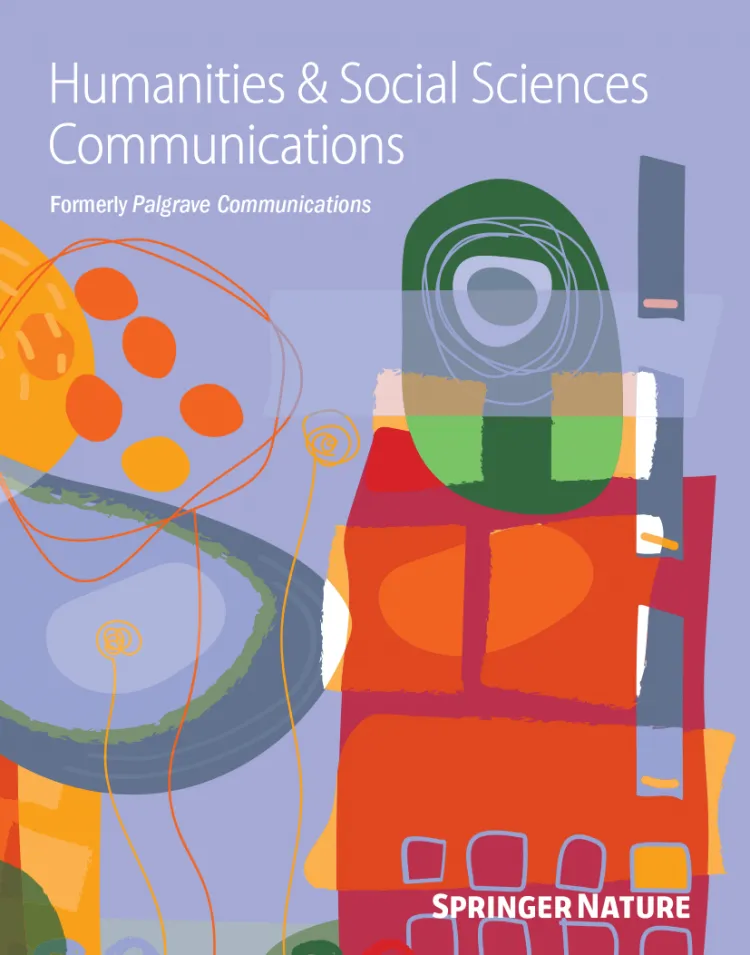Religious diversity education: raising children’s awareness of religious diversity through augmented reality
Research into the application of interactive technology in religious education is limited. To address this gap in the literature, this study was conducted as a quasi-experimental research visit to explore the impact of interactive technology-assisted religious education on learning outcomes.

Table 6 Acceptance analysis for the experimental group—TAM (one-sample t test).
Technology Overview
Our results show that the experimental group using interactive AR technology had better subjective and objective learning outcomes compared to those in the control group who did not use the technology. The experimental group also showed a high degree of acceptance of the technology. This shows that interactive AR technology can be used as an effective teaching method in religious education and may be helpful in solving problems associated with traditional teaching methods.
Applications & Benefits
The study aimed to investigate whether interactive technology can be used to improve learning outcomes of religious education in elementary school students in grades 3–4 and to evaluate and compare differences in those learning with and without interactive technology. Therefore, this study suggests that future academics should integrate interactive technology into religious education to add entertainment value and interactivity, thereby achieving good learning outcomes. This research thus fills the gap in the literature regarding the application of interactive technology in religious education, contributing to the future of religious education.
Abstract:
Religious diversity education has become increasingly prominent in the last few years. As the region with the second-highest religious diversity globally, Chinese Taiwan provides its students religious education early on, thus minimising misunderstandings and discrimination on the basis of religion. To diversify teaching methods, educators have adopted interactive technology as one of the primary teaching aids. This study aims to develop and evaluate the impact of an interactive technology, augmented reality (AR) in the provision of religious education. A series of experiments were conducted during the 2020 Taipei Lantern Festival of Religious Education Exhibition to explore whether using the interactive technology system significantly improved learning outcomes in comparison to traditional learning methods. To this end, a total of 50 elementary students across two experimental (n = 24) and control (n = 26) groups were recruited to participate in the study. A mixed-methods approach was used to analyse students’ subjective and objective learning outcomes. The results of the study showed that the experimental group performed significantly better in both subjective and objective learning outcomes. The findings obtained from the open-ended questions showed interactive AR technology system use positively affected the learning process. In conclusion, this study proposes that combining religious diversity education with interactive AR technology has the potential to improve students’ motivation, engage their interest, improve learning outcomes, and contribute to an increased awareness of religious diversity. It may also be helpful in limiting students’ cognitive overload during the learning process.

Religious diversity education: raising children’s awareness of religious diversity through augmented reality
Author:Li Xin-Zhu, Chen Chun-Ching, Kang Xin
Year:2023
Source publication:Humanities and Social Sciences Communications Volume 10, 16 October 2023
Subfield Highest percentage:99% General Arts and Humanities # 2 / 173
